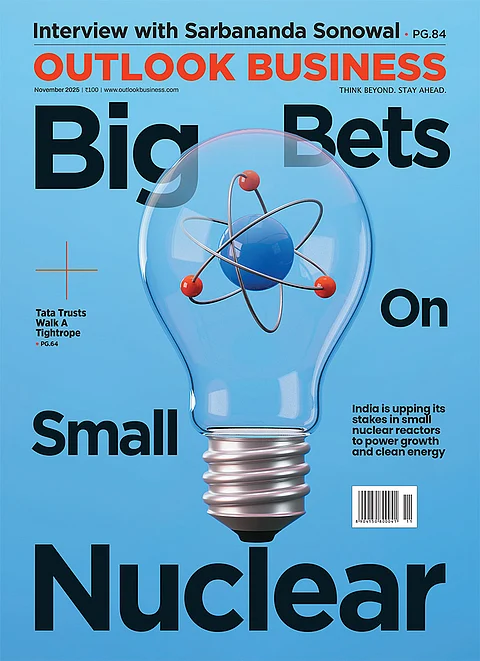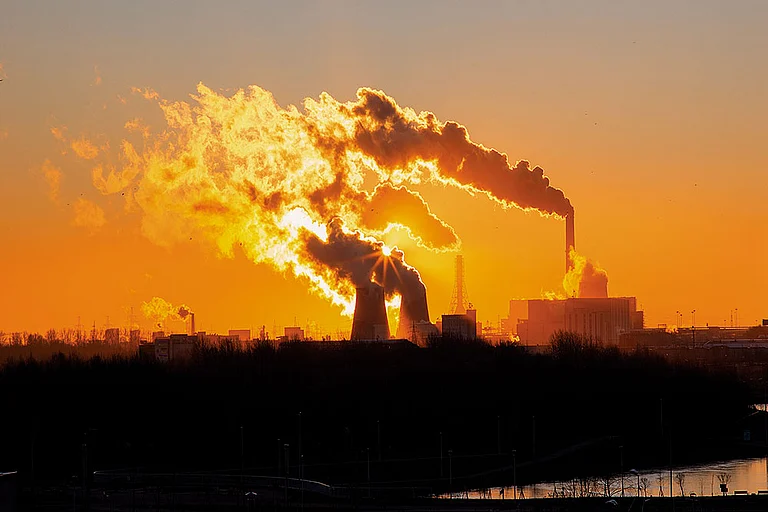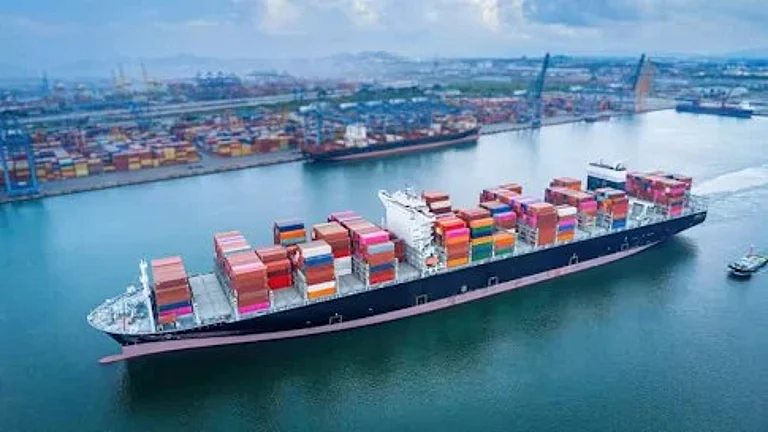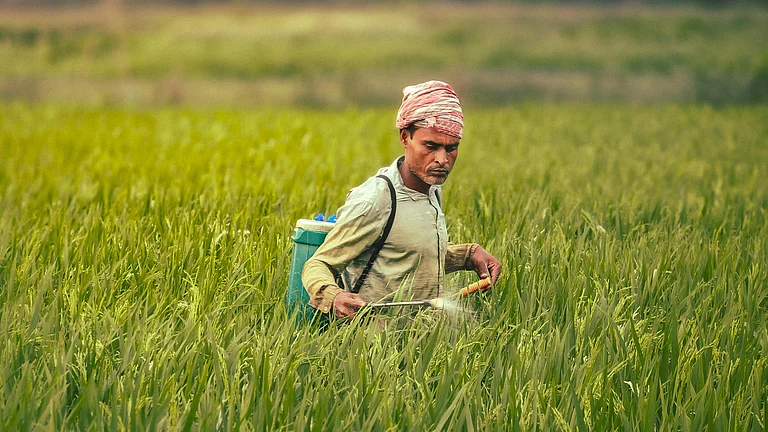India’s climate future isn’t written in the stars—it’s written in the rising temperatures, erratic monsoons and intensifying disasters. The question is: what are we doing about it? The recent years have been a stark reminder of the escalating toll of climate physical risks (CPR).
The World Bank states that more than 80% of India’s population lives in districts that are at risk of climate-induced disasters. From unrelenting monsoon floods in the Northeast to heat-induced crop failures in central India, these events are no longer isolated incidents—they are systemic threats to economic stability, public health and national security.
Yet, despite mounting evidence, India remains vulnerable due to gaps in risk assessment and preparedness. The lack of a comprehensive framework to evaluate and predict climate physical risks (CPRs) means that adaptation strategies remain reactive rather than proactive.
As climate change accelerates, extreme weather events are becoming more frequent and severe. However, CPRs extend beyond natural disasters, encompassing both acute shocks like cyclones, floods and heatwaves and chronic stresses such as sea level rise, shifting monsoon patterns and prolonged droughts.
While Disaster Early Warning Systems (DEWS) and weather forecasts help mitigate immediate losses, CPRs require a long-term, forward-looking approach. Unlike short-term weather forecasts, climate projections analyse long-term trends, enabling policymakers to prepare for evolving climate hazards.
Global climate action is caught between prevention and cure—mitigation, which reduces emissions to slow climate change and adaptation, which prepares for its inevitable impacts.
While mitigation dominates climate finance, adaptation is critical for the Global South, where rising temperatures, water scarcity and extreme weather pose immediate threats.
Yet, funding remains skewed toward mitigation, with most resources directed toward renewable energy and decarbonisation rather than adaptation measures like resilient infrastructure, early warning systems and water conservation.
Even within mechanisms like the Green Climate Fund (GCF), adaptation projects receive a disproportionately small share.
When Risks Become Costs
However, investing in adaptation is not just about survival; it is also about being economically prudent. The UN Environment Programme estimates that every $1 invested in adaptation yields a $4 return through reduced economic losses, improved agricultural productivity and lower disaster recovery costs.
While adaptation has long been considered a priority for the Global South, wildfires, heatwaves and cyclones now also test the resilience of the Global North, making it clear that adaptation is a universal necessity.
Without more substantial investment in CPR assessment and risk-informed decision-making, vulnerable communities will continue to bear the brunt of climate disasters. The question is no longer whether we should act, but how fast we can adapt before the cost of inaction becomes untenable.
It’s important to note that climate physical risks are not just about extreme weather events but also about how exposed and vulnerable communities, businesses and infrastructure are to them.
The Intergovernmental Panel on Climate Change (IPCC) provides a clear framework: the expected value of CPR is a function of hazard, exposure and vulnerability. Hazards, for example, include floods, cyclones and heat waves.
Exposure determines who and what is at risk, while vulnerability, the most complex factor, reflects a system’s ability to withstand and recover. Together, these elements define the true scale of climate risk.
Also, given the increasing materiality of CPRs, the underlying capital and thus the financial institutions too are getting increasingly embroiled with climatic challenges.
To ensure financial stability, regulatory bodies worldwide are shifting from voluntary climate risk disclosures to mandatory reporting, with a view to ensuring financial stability and resilience.
In India, the Reserve Bank of India (RBI) has also introduced frameworks aimed at integrating climate-related financial risks into its regulatory regimes.
Furthermore, the International Financial Reporting Standards (IFRS ISSB S2) now provides comprehensive standards to disclose CPRs. In this era where climate risks are becoming business risks, assessing CPRs is no longer just about environmental consciousness; it is rather about going-concern. Despite the urgency, India’s approach to CPR assessments remains fragmented.
While countries like the US, UK and New Zealand have national frameworks that directly inform policy and finance, such as the US Climate Atlas, India’s efforts are dispersed across government agencies, research institutions and private platforms, each using different methodologies and hazard focus.
Although India has studies like flood maps from IIT Gandhinagar, vulnerability atlases from IMD and disaster frameworks from NIDM, there is no unified system to consolidate these insights.
Reliable CPR projections are further hindered by the limitations of global climate models like Representative Concentration Pathways (RCPs) and Shared Socioeconomic Pathways (SSPs), which fail to capture India’s hyper-local climate realities.
Without a central repository for standardised climate risk data, businesses and government agencies struggle to make informed decisions. The challenge is not a lack of effort but the absence of a cohesive framework, raising concerns about the consistency and reliability of climate risk assessments.
Recognising these gaps, India has initiated steps towards factoring in climate hazards in its National Adaptation Plan (NAP) in line with Article 7 of the Paris Agreement, which mandates all nations to establish NAPs by 2025 and show progress by 2030. To facilitate this, India formulated the Adaptation Communication (ADCOM) and submitted its first report in December 2023.
A more comprehensive NAP report is underway, covering nine thematic sectors with greater district-level granularity: Water Resources, Agriculture and Allied Sectors, Health, Forests, Ecosystems and Biodiversity, Disaster Management and Infrastructure Resilience, Poverty Alleviation and Livelihoods, Traditional Knowledge and Heritage and Adaptation Resourcing—a crucial step toward integrating adaptation into national planning.
A Tool for Tomorrow
While this is a great start, India must go further by building a climate physical risk assessment tool that supports both public and private decision-making.
Such a tool is needed to address current gaps by enabling the public sector to design climate-resilient policies, guide infrastructure planning and allocate resources effectively.
For the private sector, it shall play a crucial role in assessing risks across value chains, supporting operational and expansion planning and meeting growing investor expectations, especially as investors increasingly seek credible CPR assessments to evaluate company resilience and make informed capital allocation decisions.
Therefore, a customised India-specific tool that combines localised climate modelling, granular risk assessment, a centralised climate risk data hub and transparent, science-based methods with iterative feedback mechanisms is imperative.
As climate risks accelerate, so does the cost of inaction; however, a well-prepared nation is a resilient nation. As India charts its path toward Viksit Bharat, robust climate risk assessments will ensure that progress isn’t just fast, but future-proof. The choice is clear: keep playing catch-up or build a system that sees the storm coming before it hits.
The author is Consultant at NITI Aayog’s Green Transition and Climate Change vertical.


























